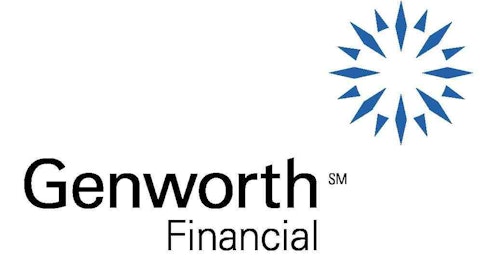Let’s see why Mulally is responsible for those $5 billion in cuts and how it’s linked to his bonuses.
Mulally’s vision
Mulally put together a plan to unite the company under one mission and named the initiative “One Ford.” Here are two points from that plan, the first of which directly helped the company save billions.
1. Aggressively restructure to operate profitably at the current demand and changing model mix.
After the recession, Ford Motor Company (NYSE:F) sold off slacking brands, helping it return to its core vehicle portfolio. In 2007, when Ford owned Volvo, Jaguar, Land Rover, and Aston Martin, its market share was 15.8%. After it went on a diet and cut all those brands, its share today sits at 15.5%. It saved a lot of operating costs and didn’t lose market share or net income.
In addition to trimming fat from the top-level brands, it also created efficiency at the most basic level. By the end of 2013, Ford plans to continue its platform consolidation, with 85% of global sales to come from nine vehicle platforms.
This first point of Mulally’s vision is definitely responsible for helping Ford return to profitability ahead of schedule. Let’s look at another point from the “One Ford” plan.
2. Accelerate development of new products our customers want and value.
Ford has pushed out new vehicles in popular segments that are selling well, and February offered further proof. The refreshed Fusion posted a record month, with a 28% gain over February 2012. The refreshed Escape, meanwhile, set two consecutive record sales months in a row, with February bringing a 29% gain over last year. And not to be left behind, sales of the Explorer surged 59% over last year for its best February in seven years.
Don’t take it from me. Here’s Ken Czubay, Ford’s vice president of U.S. marketing, sales and service: “As more new vehicle buyers continue returning to the marketplace, our fresh new product portfolio of fuel-efficient vehicles is winning over customers. People are buying our all-new Fusion and Escape in record numbers, thanks to strong fuel economy and innovative new technologies.”
Thus far, both of these points from Mulally’s One Ford plan have been home runs, with manufacturing costs in decline and consumers buying into the new vehicles. Now, let’s check out how this all links to his recent bonus.
Vested, or not?
For completing an incentive program that cut the number of Ford’s platforms, creating a leaner operation, the company has awarded Mulally shares of restricted stock this week — 909,179, to be exact, roughly equaling $12 million at today’s stock price. He won’t touch the stock until 2015, when it becomes fully vested. The next time you hear people complain about Ford’s bonuses, tell them Ford Motor Company (NYSE:F) became profitable two years ahead of schedule because of the “One Ford” vision Mulally set forth. The bonus figures have been released, but it won’t be known until later this month what his actual 2012 base salary was. But for comparison, in 2011 he received $2 million in salary and $5.5 million in cash bonuses, not including stock options.
Bottom line
One important thing to look for while investing is a management with a vested interest. I’d much rather own stock in a company that has high inside ownership. This is especially true with Ford, as the family still owns a massive amount of stock, as does Mulally. You can complain that through bonuses he has amassed a large amount of stock in a short period of time. My response is that it merely strengthens his interest in seeing the company perform up to its highest potential. Ford has flipped right-side-up since he took over in 2006 and is producing record profits. If you want my opinion, as a shareholder, I’d offer to double his salary if he’d agree to stay on until 2020. He’s worth every penny, and he’s proved it time and time again.
The article Why Ford’s CEO Is Worth Every Cent originally appeared on Fool.com and is written by Daniel Miller.
Fool contributor Daniel Miller owns shares of Ford. The Motley Fool recommends and owns shares of Ford.
Copyright © 1995 – 2013 The Motley Fool, LLC. All rights reserved. The Motley Fool has a disclosure policy.



